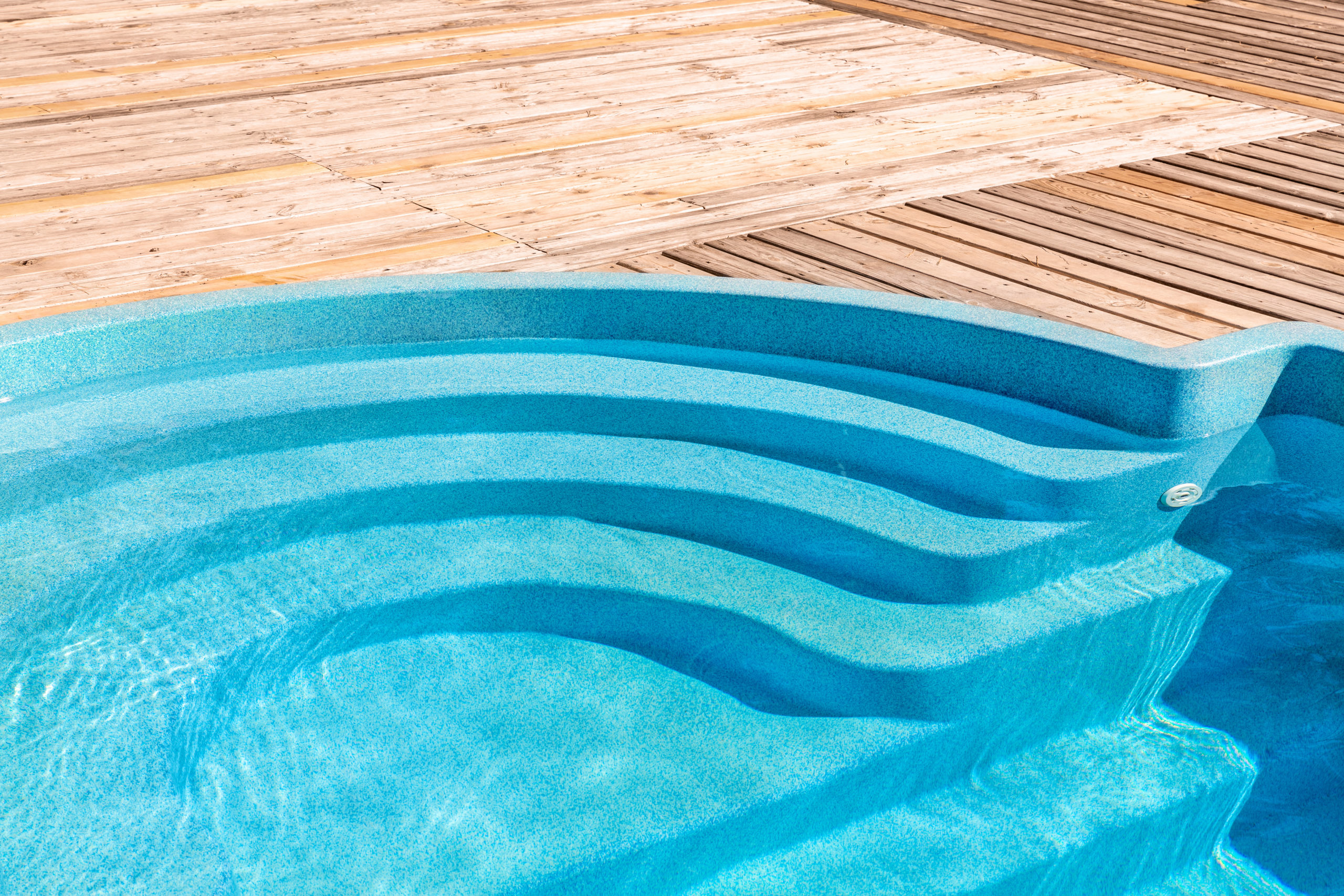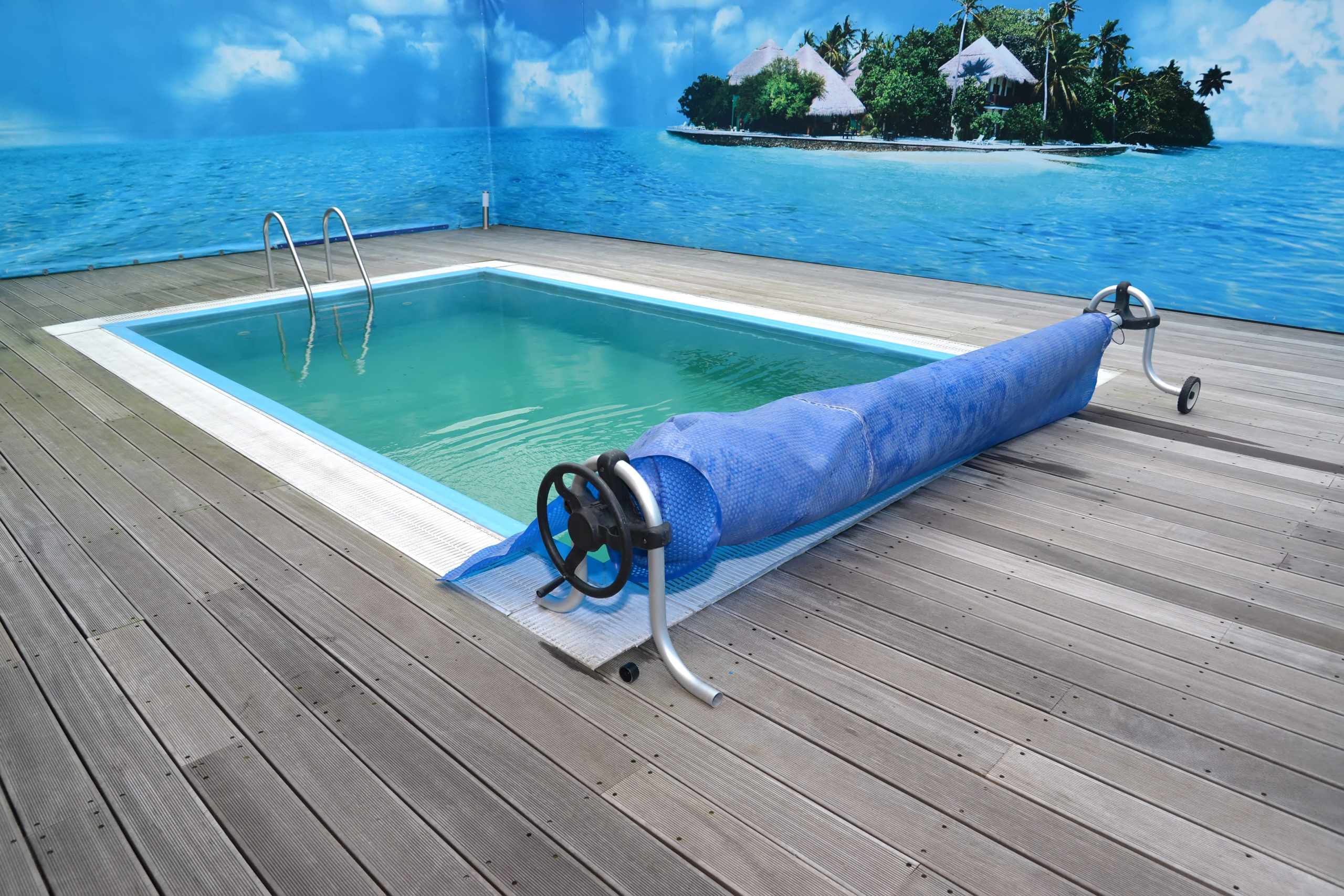You’re looking to slash those energy bills, aren’t you?
Have you considered the role of pool insulation in energy efficiency?
This article dives deep into how proper pool insulation can significantly reduce your energy consumption.
You’ll understand its basics, distinct types, installation process, and maintenance considerations.
Get ready to transform your pool into an eco-friendly oasis while saving some green!
Understanding the Basics of Pool Insulation
Let’s delve into the basics of pool insulation and see why it’s crucial in maintaining energy efficiency.
You’ve got a range of insulation materials at your disposal, each with its own pros and cons. These include foam board insulation, spray foam, fiberglass, cellulose among others. Your choice depends on factors such as cost-effectiveness, durability and climate impact.
Foam board insulation is popular due to its high R-value (thermal resistance), making it an efficient insulator that reduces heat loss from your pool. Spray foam is versatile and highly adhesive but it needs professional application to ensure effectiveness.
Fiberglass offers good thermal resistance while being fire-resistant too; however, you must be careful during installation as its fibers can be hazardous if inhaled or come into contact with skin. Cellulose is eco-friendly but might not provide the high R-values of other options.

Considering climate impact when choosing your material also helps optimize energy efficiency. For instance, if you live in a cooler region, you’d want materials with higher R-values to minimize heat loss.
Your understanding of these basics will go a long way in helping you make informed decisions about pool insulation – decisions that contribute towards both environmental sustainability and reduced utility bills.
The Connection Between Pool Insulation and Energy Efficiency
You’ve probably noticed how maintaining a consistent temperature in your swimming area can significantly impact your utility bills. The connection between pool insulation and energy efficiency is key to understanding this relationship. When you correctly install effective pool insulation, you’ll likely see a decrease in energy use, hence reducing your utility costs.
Consider the lifespan of your insulation material. Over time, even the best pool insulations degrade or fail due to exposure to chemicals, UV radiation, and physical wear. This degradation reduces their thermal resistance capacity, meaning more heat escapes from your swimming area into the surrounding environment. Consequently, you use more energy to maintain desired temperatures which increases bills.
Climate impact on insulation effectiveness also plays an essential role. For instance, in colder climates where pools need heating for most of the year, robust insulation is crucial for optimal energy efficiency. Conversely, in warmer climates where cooling might sometimes be necessary, suitable insulation helps prevent excessive solar gain.
Therefore understanding these factors -insulation lifespan and climate impact- will enable you to make informed choices about pool insulation that not only enhance comfort but also promote energy efficiency and cost savings.
Types of Pool Insulation and Their Energy Saving Potential
Diving into different types of swimming area protection, it’s critical to realize each one has a unique potential for conserving power and reducing your bills. Let’s focus on two main types: foam board insulation and spray-on insulation.
Foam board insulation is rigid panels of insulation that you’ll attach to the pool walls. It offers high R-values (thermal resistance), meaning it effectively slows heat loss. However, in an insulation materials comparison, its longevity impact is somewhat lower as exposure to moisture over time can degrade its performance.
On the other hand, spray-on polyurethane foam creates a seamless layer of insulation with superior adherence properties. It provides excellent thermal resistance and minimizes heat transfer exceptionally well. Its longevity impact is higher than foam boards due to its excellent water-resistance and durability.
Remember though, choosing the right type isn’t enough; proper installation also plays a pivotal role in achieving maximum energy efficiency. So consider hiring professionals who understand how these factors interact with your specific pool design to ensure optimal results.
The Process of Installing Pool Insulation for Energy Efficiency
Installing the right type of thermal barrier in your swimming area involves a series of steps that you’ll need to follow carefully to ensure maximum heat retention and cost savings. It’s not just about sticking insulation material onto the pool walls; there are considerations for insulation longevity, installation challenges, and more.
1. Choose the Right Insulation Material: The first step is selecting an insulation material with high durability and longevity. You don’t want to be replacing it every few years.
2. Prepare your Pool: Next, drain your pool completely dry and clean any debris off its surface.
3. Install the Insulation: This can be challenging because each type has specific installation requirements. For example, foam board needs careful cutting and adherence while spray foam requires professional application.
4. Verify Installation Quality: Finally, check for gaps or loose areas in the installed insulation as these can compromise energy efficiency.
Remember, ensuring a long-lasting and efficient thermal barrier comes down to meticulous preparation, proper execution of each step, and post-installation checks for quality assurance.
Overcoming installation challenges ensures that your investment will provide significant heat retention benefits over time – leading to substantial cost savings on heating bills.
Maintenance and Cost Considerations of Pool Insulation for Energy Efficiency
Maintaining your thermal barrier isn’t just about preserving its effectiveness; it’s also a crucial factor in keeping down the long-term costs associated with heating your swimming area. The insulation lifespan is dependent on the quality of installation, environmental factors, and the type of insulation materials used.
When selecting insulation materials, you should consider their resistance to water absorption and degradation from UV rays. Materials like closed-cell foam excel in these areas, extending the insulation lifespan significantly.
Regular maintenance checks are vital to ensuring that your pool’s insulation remains effective over time. You’ll need to lookout for signs of damage such as bulging or detachment, which could indicate water infiltration. If you catch these early on, you can repair rather than replace – saving you money in the long run.
To further extend your insulation lifespan, you might want to consider using a pool cover when not in use. This acts as an extra layer of protection against environmental elements such as sunlight and rain.

Remember that energy efficiency isn’t solely reliant on the quality of your initial investment, but also how well you maintain it over time. With proper care and attention, high-quality insulation materials can serve their purpose effectively for many years.
Frequently Asked Questions
What Are the Potential Environmental Impacts of Pool Insulation?
Pool insulation’s environmental impacts hinge on its lifespan and maintenance requirements. You’ll reduce resource consumption with long-lasting, low-maintenance options, mitigating waste production and energy use in manufacturing and installation processes.
How Does Pool Insulation Contribute to the Overall Value of a Property?
Pool insulation boosts your property’s value by enhancing energy efficiency. It reduces insulation maintenance and cuts costs in the long run. You’ll see savings on heating bills, making your home more attractive to potential buyers.
Are There Any Health Risks Associated With the Materials Used in Pool Insulation?
You should be aware that some insulation materials could cause allergies. However, most pool insulations are made of durable materials that don’t usually pose health risks if installed and maintained properly.
Can Pool Insulation Help in Reducing Noise or Sound Transmission?
Yes, pool insulation can help in reducing noise transmission. Insulation materials and installation techniques are key factors that influence this. You’ll notice less sound leakage with properly installed insulation around your pool.
What Are the Potential Legal or Regulatory Considerations When Installing Pool Insulation?
When installing pool insulation, you’ll face potential legal and regulatory considerations. This includes conforming to local building codes, managing insulation costs effectively, and overcoming installation challenges like ensuring proper ventilation. Always consult with a professional first.
